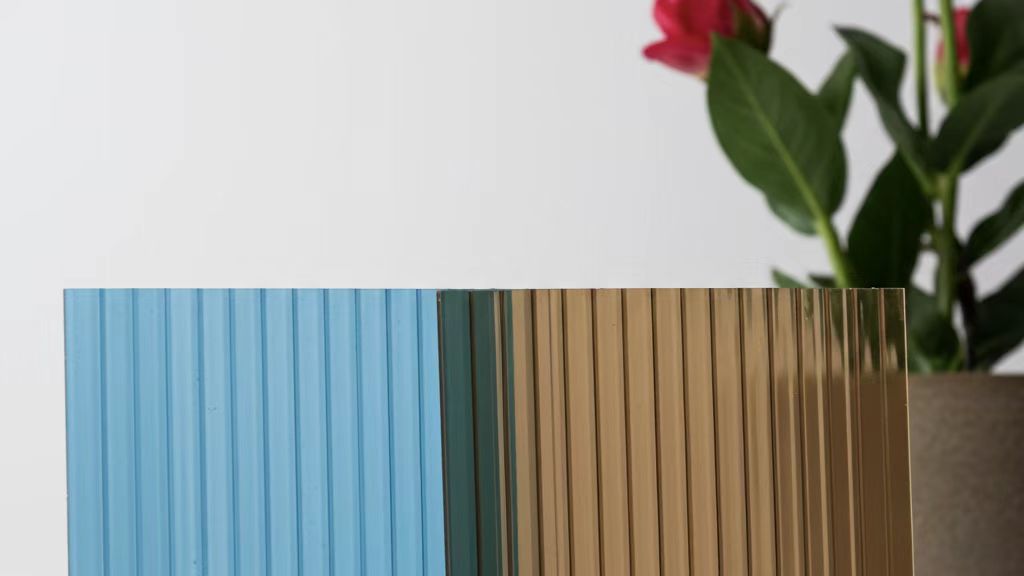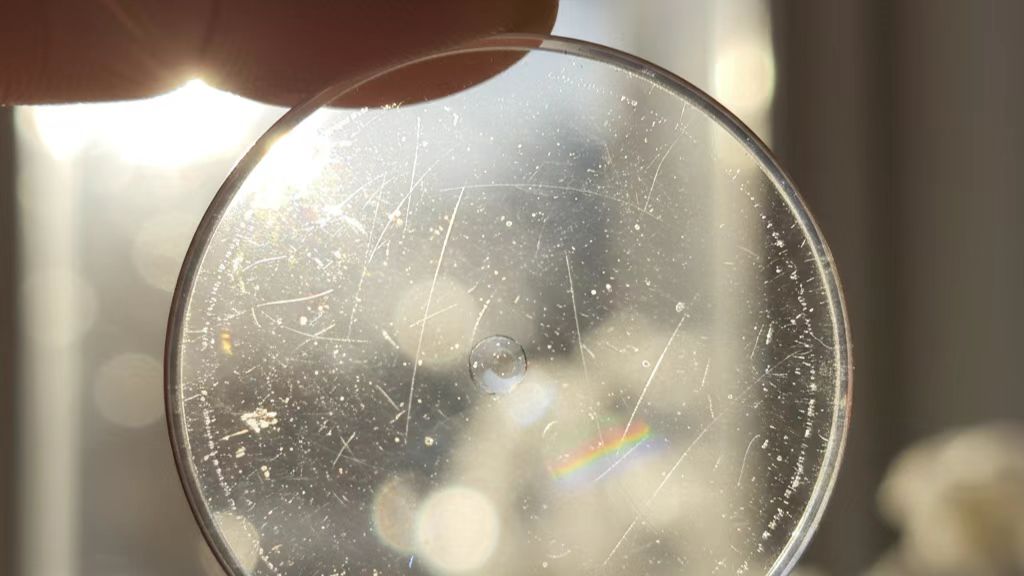
Transparent and translucent effects are very important in visual design, which can increase the depth and realism of images. However, it is not easy to achieve high-quality transparency, which requires the cooperation of various technologies.
This paper will discuss the key technologies to improve the transparency and translucency, and analyze their applications in different scenes.
How can I improve the optical performance of my components?

Improving the optical performance of transparent/translucent components is a complex process that involves many factors. Different technologies can improve the optical performance of transparent/translucent components to meet the needs of the industry.
- Material selection and optimization: select high light transmittance materials to ensure that the materials are pure and uniform, and develop new materials to improve optical performance.
- Manufacturing Process Optimization: Achieve higher precision and better surface quality through precision injection molding, advanced coatings, and optimized 3D printing technologies.
- Surface treatment: Surface treatment methods such as polishing, grinding and cleaning are used to reduce surface defects and improve the finish.
- Quality Control: Optical inspection and strict environmental controls are used to ensure that the optical performance of components meets requirements.
What technologies optimize transparent parts?

Advanced technologies to optimize the quality of transparent parts span multiple aspects such as materials, manufacturing, and post-processing. The combined application of technology can significantly improve the quality and performance of transparent parts.
- Precision manufacturing technology: precision injection molding and advanced 3D printing to achieve transparent parts with high precision and smooth surface.
- State-of-the-art coating technology: nano-coatings and optical films to improve abrasion resistance, scratch resistance and achieve specific optical effects.
- Surface treatment technology: polishing and plasma treatment to improve surface finish and cleanliness to achieve optical level transparency.
- Advanced inspection technology: optical inspection and non-destructive testing, accurate measurement of optical performance, to ensure quality control.
How do you meet industry-specific needs?

Technology meets industry-specific needs, which means flexible use of materials, manufacturing and surface treatment technologies to achieve the best performance of transparent and translucent parts, depending on the application and performance requirements of different industries.
- Define industry requirements: Define the key performance indicators of transparent components for different application environments.
- Targeted selection and combination of materials: Combining the advantages of materials, multi-material composite or modified materials are applied to meet specific needs.
- Optimization and integration of manufacturing processes: Integrate multiple manufacturing processes to achieve customized production and cost-effectiveness.
- Fine-grained customization of surface treatments: Customization of functional coatings and surface microstructures to achieve specific optical effects.
Layer technology with transparent/translucent effects
|
The type of layer technique |
principle |
effect |
Fields of application |
| Nano coating | Nanoscale thin films that change the optical path. | Improved abrasion resistance and enhanced transparency. | Mobile phone screens, car lights. |
| Optical thin film coating | Multilayer thin film interference. | Anti-reflection, anti-reflective, filtering. | Monitors, cameras. |
| Surface polishing | Removal of surface defects. | Increase transparency and reduce scattering. | Optical lenses, housings. |
| Functional coatings | Films for specific functions. | Anti-fog, anti-static. | Car rearview mirrors, glasses. |
Layer optimization transparency/translucency
“Layer optimization“ transparency refers to the application of various layer techniques to the surface of a transparent or translucent material to improve its optical properties and visual effects. Coating technologies include nano-coatings, optical thin film coatings, surface polishing, and functional coatings.
1.Increased transparency: Layer technology makes materials more transparent by reducing light reflections and scattering.
2.Improve visual effects: Enhance the durability and aesthetics of products with functional coatings to achieve a variety of visual effects.
3.Meet specific needs: Tailor layers with specific optical effects to your industry and application scenario.
conclusion
The optical optimization of transparent and translucent parts is a comprehensive engineering problem, and layer technology can optimize the performance and add functions to transparent or translucent parts. Make transparent and translucent parts better used in the industry.
For expert assistance in implementing for your production needs, visit our resource center or contact us. Let’s help you scale up your manufacturing with precision and efficiency!
Post time: Mar-05-2025
